- Home
- Articles
- Architectural Portfolio
- Architectral Presentation
- Inspirational Stories
- Architecture News
- Visualization
- BIM Industry
- Facade Design
- Parametric Design
- Career
- Landscape Architecture
- Construction
- Artificial Intelligence
- Sketching
- Design Softwares
- Diagrams
- Writing
- Architectural Tips
- Sustainability
- Courses
- Concept
- Technology
- History & Heritage
- Future of Architecture
- Guides & How-To
- Art & Culture
- Projects
- Interior Design
- Competitions
- Jobs
- Store
- Tools
- More
- Home
- Articles
- Architectural Portfolio
- Architectral Presentation
- Inspirational Stories
- Architecture News
- Visualization
- BIM Industry
- Facade Design
- Parametric Design
- Career
- Landscape Architecture
- Construction
- Artificial Intelligence
- Sketching
- Design Softwares
- Diagrams
- Writing
- Architectural Tips
- Sustainability
- Courses
- Concept
- Technology
- History & Heritage
- Future of Architecture
- Guides & How-To
- Art & Culture
- Projects
- Interior Design
- Competitions
- Jobs
- Store
- Tools
- More
Signs That Indicate a Roof Replacement Is More Cost-Effective Than Repairs

The roof is one of the most critical components of any home, serving as the primary shield against the elements. Yet, it’s one of the most commonly neglected parts of a house. Many homeowners only consider the roof when leaks, mold, or visible damage arise. In these moments, the immediate question becomes: Should the roof be repaired or replaced?
While a few missing shingles or small leaks may seem like minor concerns that justify quick fixes, persistent problems or widespread deterioration can signal deeper issues. In many cases, continually patching an aging or damaged roof ends up costing more than replacing it altogether. Understanding when repairs are no longer the economical choice can save you thousands of dollars and spare you from emergency damage later. Let’s examine the key signs that suggest a full roof replacement is more cost-effective than repeated repairs.
Table of Contents
ToggleYour Roof Has Reached or Exceeded Its Lifespan
Every roofing material has an estimated life expectancy. Asphalt shingles, the most common residential roofing option, typically last 20 to 30 years. Metal roofs can last 40 to 70 years, while slate and tile roofs may exceed 100 years if well maintained. If your roof is nearing or has surpassed its expected lifespan, investing in ongoing repairs may only delay the inevitable.

Older roofs are more vulnerable to damage from weather, moisture, and structural fatigue. You might patch one leak, only to have another appear weeks later. Consider scheduling free inspections from a roofing contractor before investing more into a roof that’s clearly on its last legs. An experienced professional can assess whether you’re better off budgeting for a replacement rather than throwing good money after bad.
Shingle Damage Is Widespread
When only a few shingles are missing or cracked, localized repair is usually sufficient. But when shingle damage is widespread, repairs lose their value quickly. Curling edges, cracked surfaces, granule loss, and faded coloration are all indicators that shingles have deteriorated past the point of reliability.
Damaged shingles allow water to penetrate underlayment and decking, leading to interior leaks and potential mold growth. If you notice granules collecting in gutters or bald spots on large sections of your roof, it’s time to think bigger than a patch job. A replacement restores structural integrity and ensures better insulation and weather resistance going forward.
You’re Experiencing Persistent Leaks or Water Stains
Leaks are one of the clearest signs that something is wrong. But it’s not just the presence of a leak that matters, it’s the frequency. If leaks occur regularly in different areas of your home, it could indicate systemic failure beneath the surface. Multiple repairs might only provide temporary relief without addressing underlying rot or compromised flashing.
Stains on ceilings or bubbling paint are often the first visual cues of a leak. Water damage can degrade insulation, weaken drywall, and warp flooring. These secondary costs can quickly surpass the price of a new roof. Replacing the entire system provides a fresh, watertight barrier and removes hidden risks you might not yet see.
Sagging or Structural Deformation
A visibly sagging roof is a serious concern. Sagging sections may be caused by water damage, weakened decking, or prolonged exposure to excessive weight, such as snow or debris. When the roof’s structural integrity is compromised, repairs are rarely sufficient.
Even if the outer shingles appear intact, internal warping often points to rot or damage within the support structure. In such cases, piecemeal repairs could worsen the problem or create uneven pressure points. Replacing the roof, possibly along with the affected decking, restores balance and safety to your home’s most important protective layer.
Energy Bills Are Climbing
If your heating and cooling costs have been rising and your insulation and windows are in good shape, your roof might be the culprit. An aging or poorly insulated roof allows conditioned air to escape and outside air to enter, putting strain on your HVAC system. This not only affects comfort but significantly increases energy costs.

New roofing materials are far more energy-efficient than those manufactured even a couple of decades ago. Many now feature reflective coatings, improved ventilation design, and enhanced underlayment to stabilize interior temperatures. Replacing your roof can yield noticeable reductions in monthly energy bills, providing a return on investment in both comfort and cost savings.
Your Roof Has Been Damaged by Severe Weather
Storms can inflict major damage on roofs, whether from high winds, flying debris, hail, or heavy rain. While some damage is superficial, large-scale issues like torn shingles, dented flashing, or weakened underlayment can result in lasting consequences.
Insurance may cover part or all of the replacement cost after a major storm, making it financially smarter to replace the entire roof rather than repeatedly patch vulnerable areas. If you live in an area prone to extreme weather events, upgrading to more durable, storm-resistant materials can improve your home’s resilience.
When faced with roofing problems, many homeowners default to repairs in an effort to save money. But if the damage is extensive or persistent, those repairs can quickly accumulate costs without delivering lasting solutions. Understanding the signs that a full replacement is the better investment helps protect your home, your finances, and your peace of mind.
Submit your architectural projects
Follow these steps for submission your project. Submission FormLatest Posts
Best Practices for Roof Inspections and Maintenance
On most projects, the roof spends decades out of sight while carrying...
Sunny Days, Secure Roof: Simple Steps to Shield Your Home
Your home is more than just a place to live—it’s a sanctuary....
Simple and Stylish Roof Ideas for Homeowners
When designing your home, don’t overlook the roof. It’s essential for both...
Key Qualities to Look For in a Residential Roofing Contractor
Choosing a residential roofing contractor involves careful consideration. The roof is a...




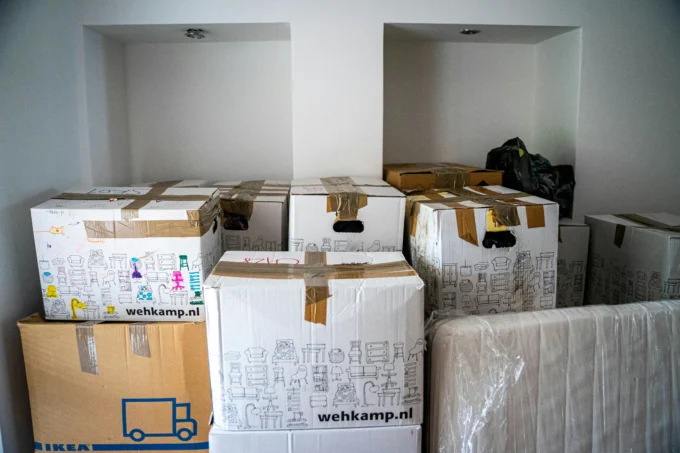

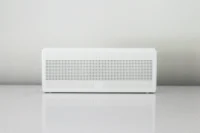

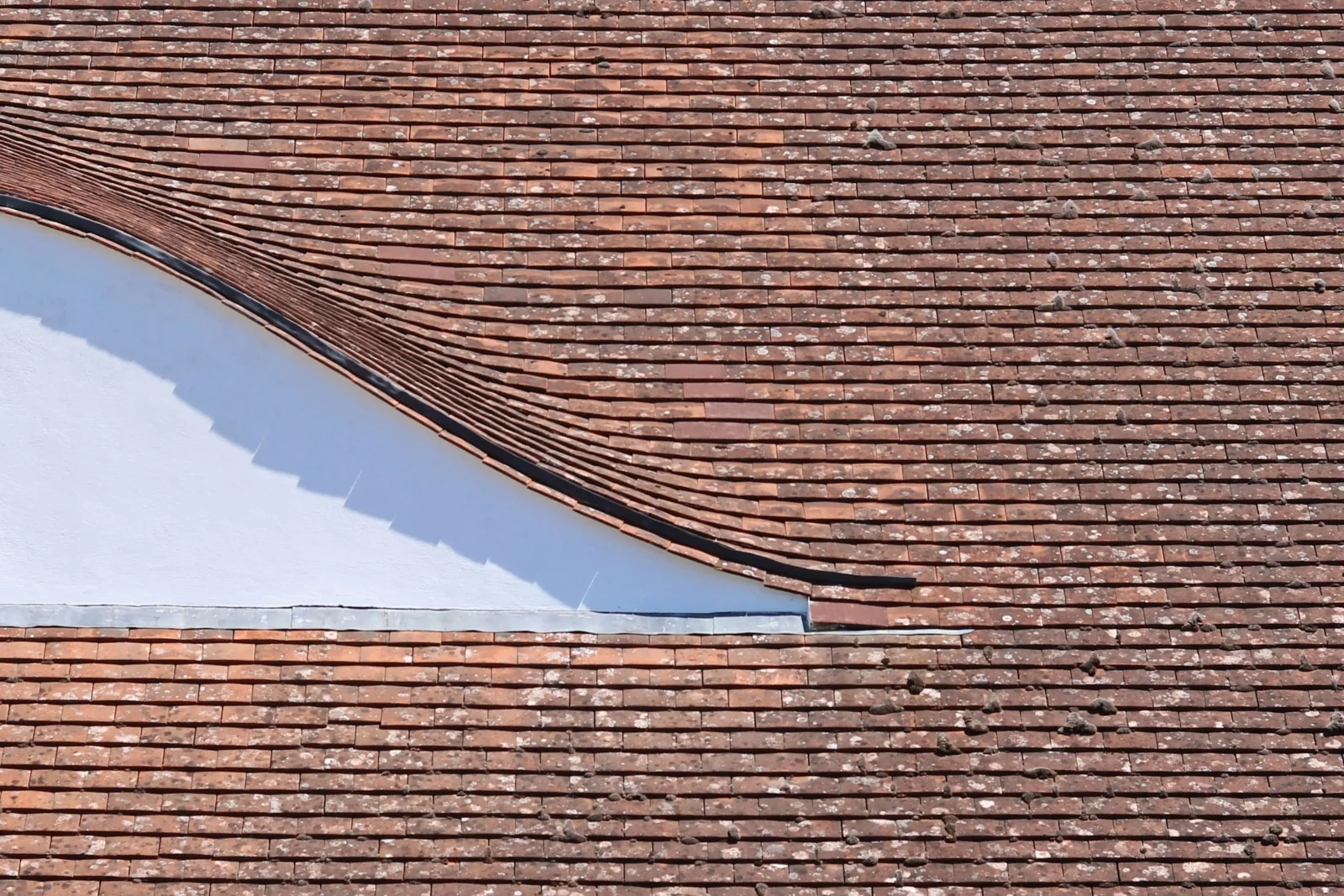
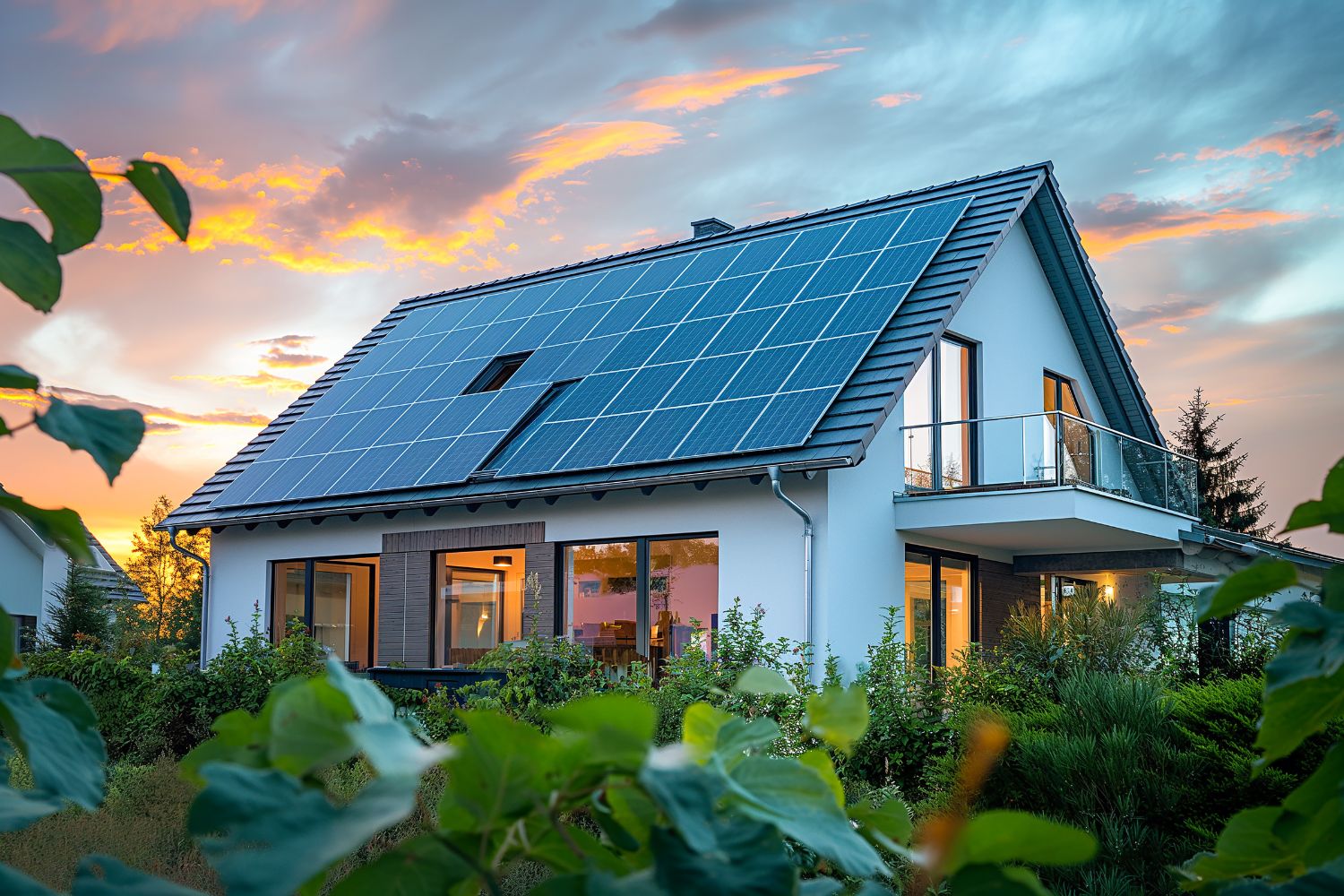
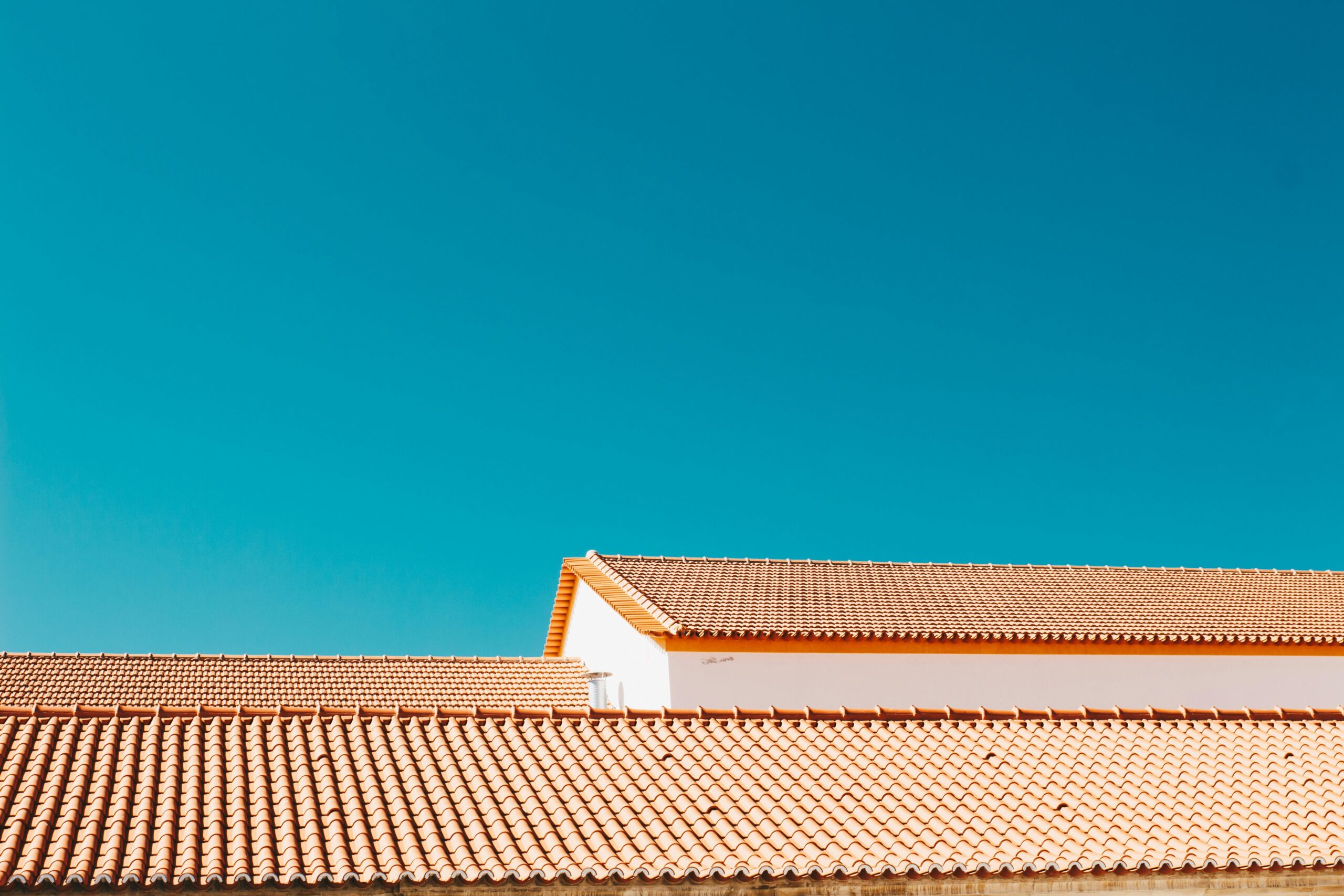

Leave a comment